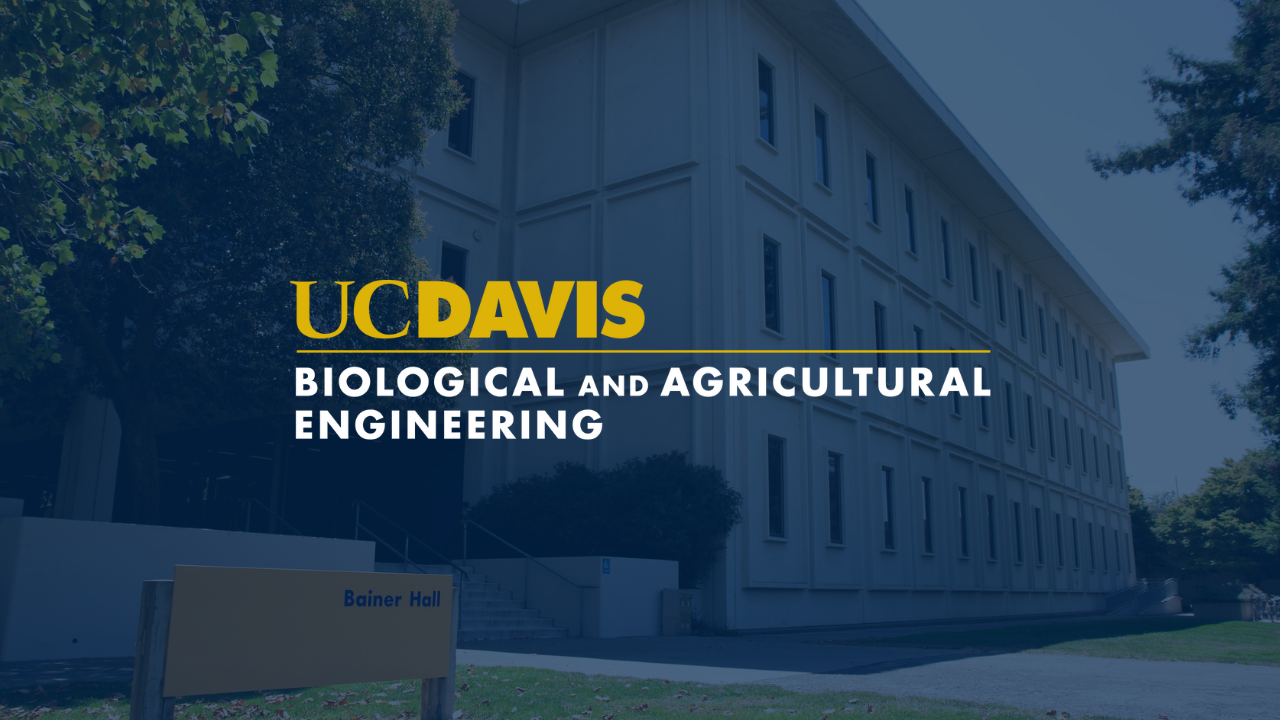
Event Date
Autonomous perception in agriculture requires systems that can withstand harsh environments and meet strict safety and performance standards. Furthermore, these systems must serve multiple functions on the tractor, including localization, mapping, navigation, smart implement control, and job quality monitoring, as well as ongoing crop analysis. Many modern AI solutions are prohibitively complex and brittle, and when they fail, there is little understanding of why they failed or how to improve performance. In this talk, we will examine what it means for a system to be autonomous, building on fundamental concepts that are common across all areas of research, from measurement and statistics to decision theory. Finally, we will extend this first-principles approach to the decision system itself, helping understand how autonomous systems make decisions, and how those decision processes can be improved over time.
